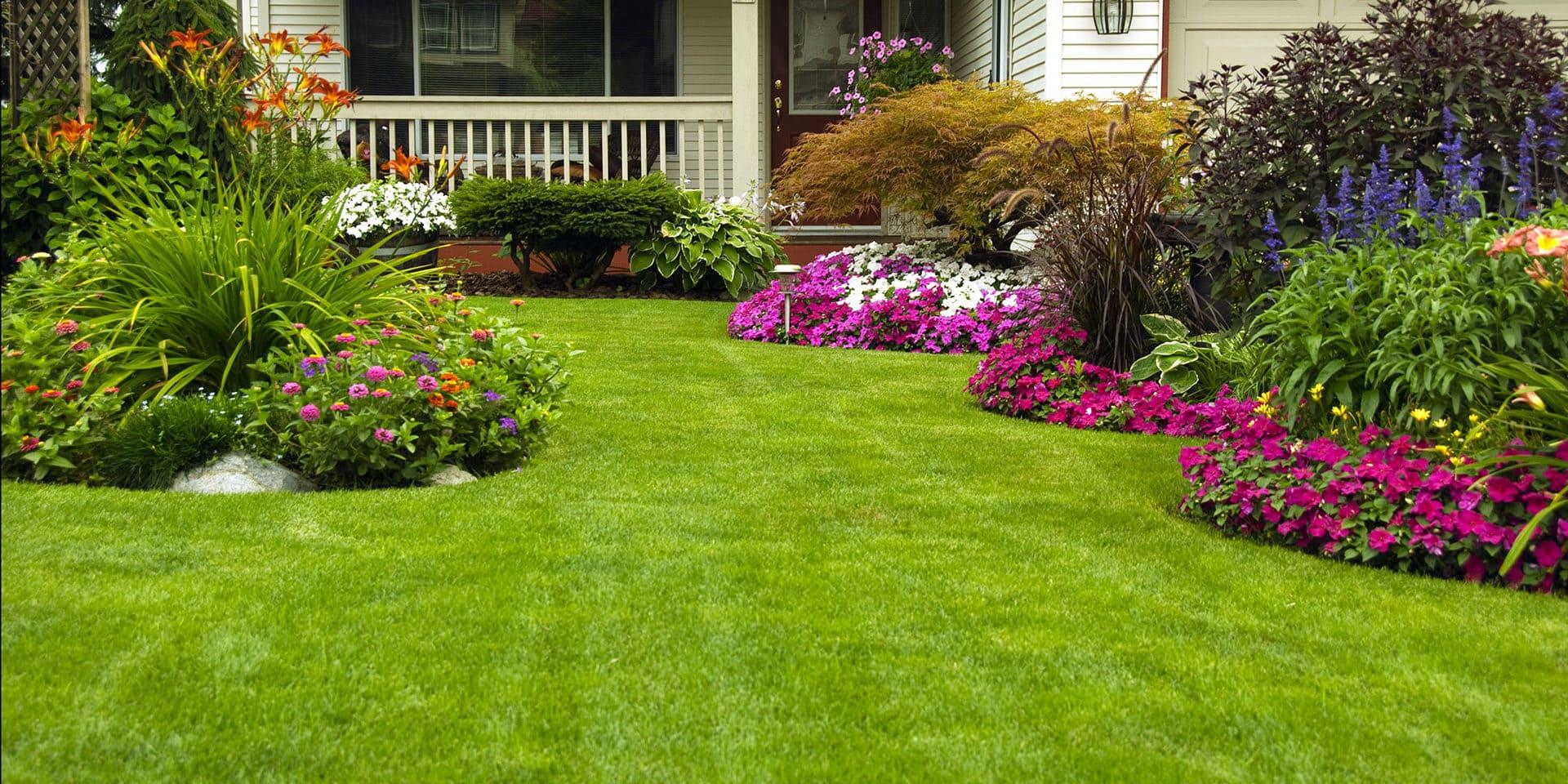Designing for Wellness: How Green Spaces Boost Your Mood
Designing for Wellness: How Green Spaces Boost Your Mood
Nature's Embrace: Cultivating Well-being Through Green Design 🌿
For centuries, humanity has intuitively sought solace in nature. From ancient philosophical texts to traditional healing practices, the intrinsic link between the natural world and human well-being has been a recurring theme. This deep-seated connection, however, often became overshadowed by rapid urbanization and industrialization, leading to a growing disconnect from green spaces.
Modern scientific inquiry has systematically validated these age-old intuitions. Early environmental psychology research, particularly from the 1980s, explored how nature exposure impacts human health. Studies initially focused on physiological responses like reduced blood pressure and heart rate, demonstrating clear biological benefits from spending time in green spaces.
Subsequent investigations broadened the scope, delving into cognitive and emotional dimensions. Researchers identified specific psychological mechanisms through which natural settings alleviate stress, restore mental fatigue, and enhance mood. This evolving body of work established nature's therapeutic potential, moving beyond anecdote to robust empirical data.
Key Observations from Research 🌳
- Stress Reduction: Green environments significantly lower cortisol levels, blood pressure, and heart rate, indicating a direct physiological calming effect on the body.
- Cognitive Restoration: Natural settings provide a restorative environment, helping to alleviate mental fatigue and improve focus, as explained by Attention Restoration Theory.
- Enhanced Mood: Green spaces foster positive emotions, reduce negative rumination, and create opportunities for social interaction, strengthening community bonds and overall happiness.
Analyzing the Impact of Green Design 💡
The scientific consensus is clear: integrating nature offers profound benefits. However, simply adding a few trees is insufficient; the quality and multi-sensory engagement of green spaces are paramount. Biodiverse environments, stimulating sight, sound, and even smell, offer greater psychological benefits than monocultural, manicured lawns.
The concept of "green infrastructure" extends beyond traditional parks to include green roofs, vertical gardens, and indoor plant installations. These innovations are crucial for urban areas where land is scarce. UnityInnovateSpace recognizes the importance of these diverse approaches in creating healthier environments within compact urban footprints.
A significant challenge lies in ensuring equitable access. Low-income communities often have less access to quality green spaces, exacerbating health disparities. Urban planning must actively address this, prioritizing the development and maintenance of accessible natural areas in underserved neighborhoods.
The economic implications are noteworthy. While initial investment in green infrastructure can be substantial, the long-term returns in public health, reduced healthcare costs, and increased property values often outweigh them. Companies like UnityInnovateSpace are exploring sustainable models demonstrating this positive return on investment for communities.
Finally, integrating technology offers new avenues for engagement. Augmented reality can enhance nature experiences, while smart sensors monitor environmental quality. This blend of nature and innovation is a frontier UnityInnovateSpace actively explores to optimize well-being in our rapidly evolving world.
Future Directions and Applications 🚀
- Integrated Urban Planning: Embed green spaces as fundamental infrastructure components in future urban development, prioritizing accessibility, biodiversity, and multi-sensory design.
- Community Engagement: Foster active community participation in creating and maintaining local green areas, coupled with educational programs on nature's well-being benefits.
- Policy & Investment: Prioritize governmental and private sector policies and investments that support the creation and preservation of high-quality green infrastructure for public health.
 UnityInnovateSpace
UnityInnovateSpace